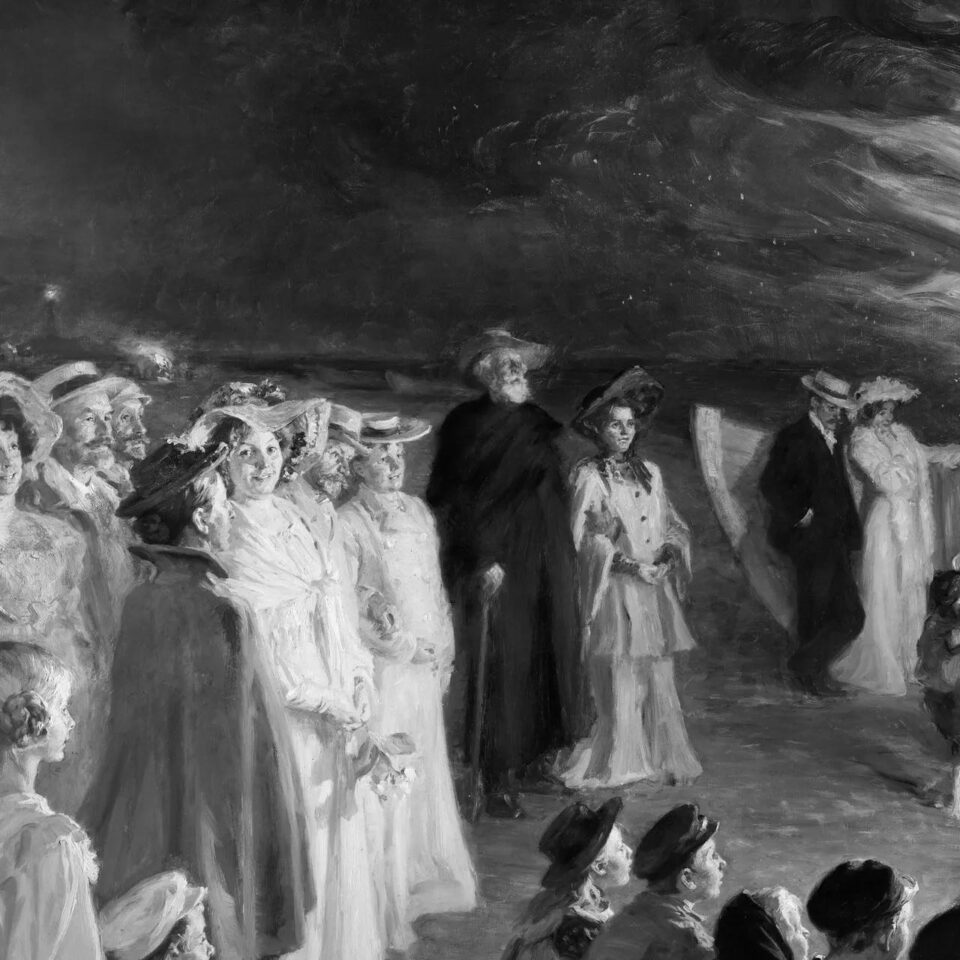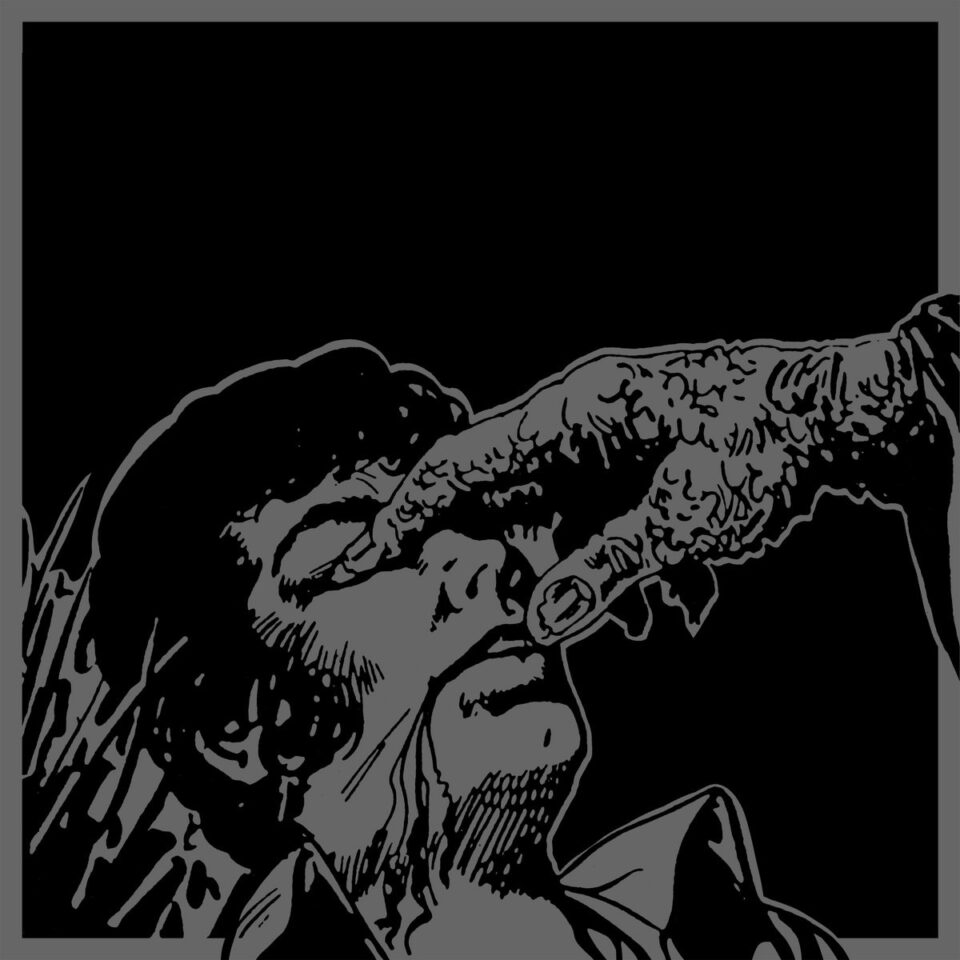FLOOD’s weekly Pop Culture Cure offers an antidote—or ten—to the most upsetting developments of the past week. (Because therapy’s expensive, and entertainment’s not.)
The British Film Institute published the result of its critics’s poll of the 100 greatest films of the young century this past week. The resulting list wound up being notably short on women directors, short on minority directors, and short on comedies. None of this is surprising (as I wrote earlier this week), but it’s still too bad. But the list is only limiting if we fail to look beyond it, and luckily there are already a lot of people doing that good work. Slate published its black film canon a couple of months ago, and it includes a number of recent films; Edgar Wright published his 1,000 favorite films a few weeks back, a fantastic resource for people in the market for new, outside-the-box recommendations; and here, today, we’d also like to take a moment to highlight ten criminally neglected films by women directors. These aren’t the only ten we could list, nor are they intended as a list of the best ten; they are just ten more great movies that everyone who likes movies should do themselves the favor of watching. Enjoy!
https://www.youtube.com/watch?v=WMDXiU3XsZE
Morvern Callar, directed by Lynne Ramsay (2002)
Ramsay’s incredible debut feature, Ratcatcher, released in 1999, and that accident of timing is probably the only thing that kept it from appearing on this last. That said, her omission on BFI’s list is still unforgivable, as her dreamy, atmospheric, and yet still realist style is totally unique and utterly gripping. In Morvern Callar, the young title character is introduced to us while lying on the floor beside the dead body of her boyfriend, who has just committed suicide. Morvern then copes with that bare fact by going out and raging, then withdrawing his funeral funds and keeping the party going by travelling to Ibiza with her friend. There’s more to it than that—a lot more, in fact—but everything is pieced together through a casual word, a stray glimpse, or a look. It’s a grief memoir, a vacation movie, and a coming-of-age story, but every scene also plays like a mystery. It’s beautiful.
The Holy Girl, directed by Lucretia Martel (2004)
Argentinian director Lucretia Martel is one of the most under-appreciated filmmakers working today. The last film in her Salta Trilogy, The Headless Woman, appears at number 89 on the BFI list, but for my money The Holy Girl is Martel’s best work—and one of the very best films of the century as well. The film focuses on an adolescent girl who is discovering both religion and sex at the same time (which results in the typical teenage muddle), but it brings those issues into an intense focus via one ambiguous/criminal encounter and a variety of other microscopic-to-invisible phenomena (a Theremin, bedbugs, static electricity, etc.). If Terrence Malick has an heir, it is Lucretia Martel.
Night Moves, directed by Kelly Reichardt (2013)
Old Joy is probably Reichardt’s best, most impressive, and most innovative film, but Night Moves is the one that I want to see over and over again, without quite knowing why. It is a kind of procedural thriller about three eco-terrorists who are trying to blow up a dam. Jesse Eisenberg, Dakota Fanning, and Peter Sarsgaard give very fine, very intense performances as the eco-terrorists in question, but the real star of the show is Reichardt, a notoriously plot- and dialogue-shy director who here leverages her silences in the service of an almost unbearable suspense as we wonder (a) what they’re up to, (b) who’s really in charge, (c) whether they’ll pull this off, and (d) what then? She also paints a portrait of a slightly off-key, dimly lit Oregon that feels as gripping as the best fiction while seeming as real and true as the best photojournalism.
Sadly, the movie features no Bob Seger and no references to the classic ’70s film—and I’m not even sure what it’s about, really, but even so, it’s a masterpiece.
Obvious Child, directed by Gillian Robespierre (2014)
Here’s an ironic thing. The song Obvious Child is a wonderful song, but it’s a song that was created by a man who was, at the very least, guilty of having borrowed extremely liberally from other artists. The movie Obvious Child, which takes this song as its namesake (and to some extent as its inspiration), is a quietly revolutionary work that now looks commonplace (cf. FX’s fall comedy schedule) as a result of the many shows that have borrowed from it. Oh well! All’s fair in love and Hollywood. And at the very least Jenny Slate now gets to play a variation of her Obvious Child persona on Married (also great). Obvious Child’s reputation is solid, but it still suffers somewhat from the fact that it’s a slight, unpretentious romantic comedy. When horror or most other “genre” works are done immaculately, they now (finally) get acclaimed for what they are: great works of art. But the same is not quite the case for less generic genre forms, and this is one of them. (The butter scene, yo.)
Selma, directed by Ava DuVernay (2014)
Between the O. J. documentary (and miniseries), the release of the third volume of March, the recasting of America’s founding fathers in Hamilton, the Birth of a Nation…stuff, and the Underground Railroad–Oprah connection, we’re seeing the endemic and enduring problem of racism in America in a wide variety of genres, media, and styles. Selma forsook formal innovation and playfulness in favor of historical fidelity and emotional realism. But that doesn’t mean that it’s not also incredibly brave and beautiful. It offers us a chance to see the ship righted, somewhat. Here, the whitewashed representation of the civil rights movement is given more depth, more shading. But equally important is the sense that we also got with Lincoln that we are watching our frozen past melt down, finally—that we’re watching statues come to life.
American Psycho, directed by Mary Harron (2000—yeah, I know, but the BFI list also included films that were technically a part of the previous century, so just deal with it ya pedants)
A movie adaptation of American Psycho probably should have been a total train wreck—and considering that Christian Bale’s very own stepmother Gloria Steinem was one of the novel’s chief critics, it’s a damn near miracle that it even got made in the first place. But thank God it did. Or rather, thank Mary Harron, who took a brutal and somewhat overbearing work and adapted it into a dark, funny, and truly progressive piece of filmmaking. Plus, it’s responsible for one of the greatest reaction gifs of all time. —Nate Rogers
https://www.youtube.com/watch?v=szaLnKNWC-U
The Babadook, directed by Jennifer Kent (2014)
It’s been a good few years for smart, allegorical horror films, but The Babadook is the class of the lot, not just because it’s so well paced, shot, and acted, but also because if ever there was a theme ripe for horror, it’s parenthood. I mean sure, it’s scary to think of humanity losing its soul to an overweening consumer culture/becoming a race of zombies, but if parents are telling the truth about loving their children more than themselves, then the uh, stuff that happens here has got to be some scary stuff indeed. (And just to confirm, yeah, it is.)
(“BABADOOOOOOOOOOK!!” is also a hilarious thing to say to your infant children, as it happens.)
Me and You and Everyone We Know, directed by Miranda July (2005)
“Pooping back and forth” is a sublimely childish idea. In isolation, it is about as poetic a phrase—and a notion—as “firefarts.” But the greatest trick Miranda July ever played was convincing the world that this idea was not a joke. She clearly finds it charming and hilarious, but she follows this surreal concept to a place where it becomes a poignant dream. Pooping back and forth is beautiful. So is the mind who can bring it to life, and so are the characters, here, who have the audacity to discuss it soberly. It’s also worth noting that this is the smart, charming, oddball delight that so many small indie dramedies seek to provide but so few (movies, period) ever do. It’s perfection, simply.
A Girl Walks Home Alone at Night, directed by Ana Lily Amirpour (2014)
Things that do not tend to be said of zombie movies: (1) that they’re innovative, (2) that they’re feminist, (3) that they’re Iranian, (4) that they’re artful, (5) that they’re necessary, and (6) other stuff, too probably. But A Girl Walks Home Alone at Night is both a zombie movie and all those other things too.
Winter’s Bone, directed by Debra Granik (2010)
It’s the realist Appalachian Breaking Bad that made Jennifer Lawrence a star, and what are you doing if you haven’t seen it? Have you been living under a rock? If so, please provide instructions on how you manage to stay alive under said rock, because your ideas would probably prove useful to the people here who have just about as much/less to work with. Lawrence is hunting for her dad in order to save her house in order to keep her family afloat, safe, alive, and y’know, otherwise ok. It is not an easy mission. (There’s also a kind of Heart of Darkness vibe to this, but more on that another time.) Winter’s Bone took everyone by surprise, because it came out of pretty much nowhere and it is pretty much perfect. It’s what The Hunger Games would look like if The Hunger Games cared to truck in that mountain of shit that we like to call the real world—drugs and debt and dreariness and all. FL









